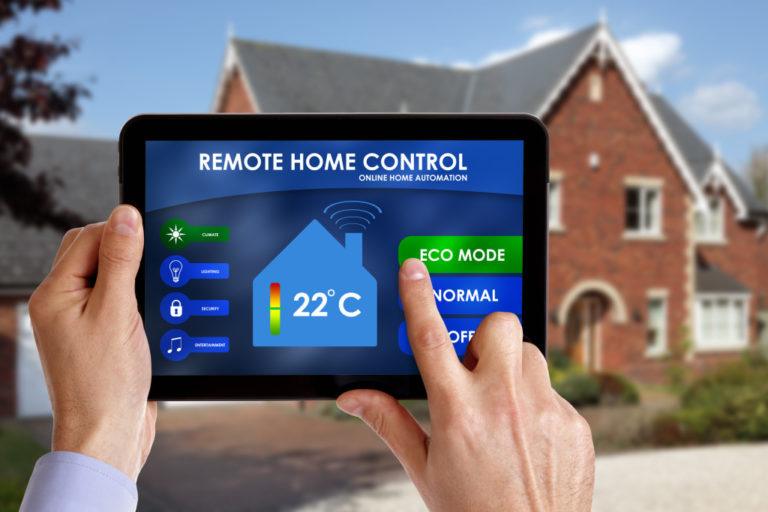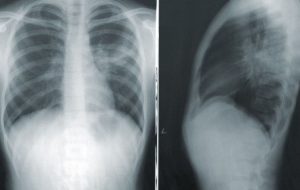As the world becomes more and more populated, it is increasingly important that we take measures to protect our environment. Thankfully, new technologies are emerging that are helping us do just that. In this article, we will explore some of these technologies and how they are helping us conserve our resources.
1. LED Lighting
LED lighting is one of the most efficient and environmentally-friendly forms of lighting available. It lasts up to 10 times longer than traditional incandescent bulbs and uses up to 90% less energy. This means that fewer resources are required to produce and operate LED lights, which reduces your carbon footprint.
2. Nano Sponge Technology
Oil spills are a major environmental hazard, but nano sponge technology may soon provide a solution. This patented technology allows recovered hydrocarbons to be transformed into byproducts like gasoline and petroleum. This technology has the potential to significantly reduce the impact of oil spills on our environment.
3. Recyclable Water Bottles
Currently, only about 23% of plastic water bottles are recycled. The rest end up in landfills or as litter. However, new recyclable water bottles are emerging that can be recycled up to 10 times. This means that less plastic will end up in our landfills and oceans, and more will be reused. Businesses and individuals who switch to recyclable water bottles can help reduce their environmental impact.
4. Solar Power
Solar energy is a clean, renewable resource that can be used to power homes and businesses. It doesn’t produce any harmful emissions, and it can help save money on energy costs. Solar power is also becoming more affordable as solar panels continue to become more efficient.

5. Electric Vehicles
Electric vehicles are becoming more popular as people look for ways to reduce their carbon footprint. Different models of electric vehicles are available, and many of them can travel long distances without needing to be recharged. Electric vehicles also help reduce air pollution which is a major contributor to global warming. When you switch to an electric vehicle, you are doing your part to help reduce greenhouse gas emissions.
6. Green Roofs
Green roofs are becoming increasingly popular as a way to reduce the environmental impact of buildings. A green roof is a roof that is covered in plants or vegetation. Green roofs help reduce energy use by cooling the building and preventing the need for air conditioning. They also help improve air quality and reduce stormwater runoff.
7. Wind Power
Wind power is another clean and renewable energy source that is becoming more popular. Wind turbines can be used to generate electricity, and they don’t produce any harmful emissions. Supporting the use of wind power is a great way to reduce your carbon footprint and help fight climate change.
8. Compostable Packaging
Compostable packaging is made from materials that can be broken down by microbes into nutrient-rich soil. Some examples of compostable packaging include biodegradable paper bags, bamboo plates, and sugarcane cups. Using compostable packaging is a great way to reduce the amount of waste that ends up in landfills. There are many compostable packaging products available so businesses and individuals can easily switch to this more sustainable option.
9. Geothermal Energy
Geothermal energy is a form of renewable energy that can be used to heat and cool buildings. It uses the Earth’s natural heat to provide energy, and it doesn’t produce any harmful emissions. But unlike other forms of renewable energy, geothermal energy is only available in certain parts of the world. This makes it important to invest in research and development so that geothermal energy can be used more widely in the future.
10. Organic Farming
Organic farming is a type of agriculture that uses no synthetic chemicals or fertilizers. Instead, organic farmers rely on natural methods like crop rotation and composting to maintain soil health. Organic farming is better for the environment because it doesn’t produce any harmful emissions or chemical runoff. Compared to conventional farming, organic farming uses less energy and water, and it helps preserve biodiversity.
10. Hemp Plastic
Hemp plastic is a type of plastic made from the hemp plant. Hemp plastic is biodegradable, and it can be used to make a variety of products, including bottles, cups, and containers. Hemp plastic is a more sustainable option than traditional plastic because it doesn’t require fossil fuels to produce. It’s also durable and strong, making it a great alternative to plastic made from petroleum.
As you can see, there are many new technologies that are helping us reduce our environmental impact. Each of these technologies has its own unique benefits, and they are all playing a role in helping us protect the planet. But we need to continue to invest in research and development so that we can find even more ways to reduce our impact on the environment. We also need to make sure that these new technologies are affordable and accessible to everyone. Only then can we hope to make a real difference in the fight against climate change.


















